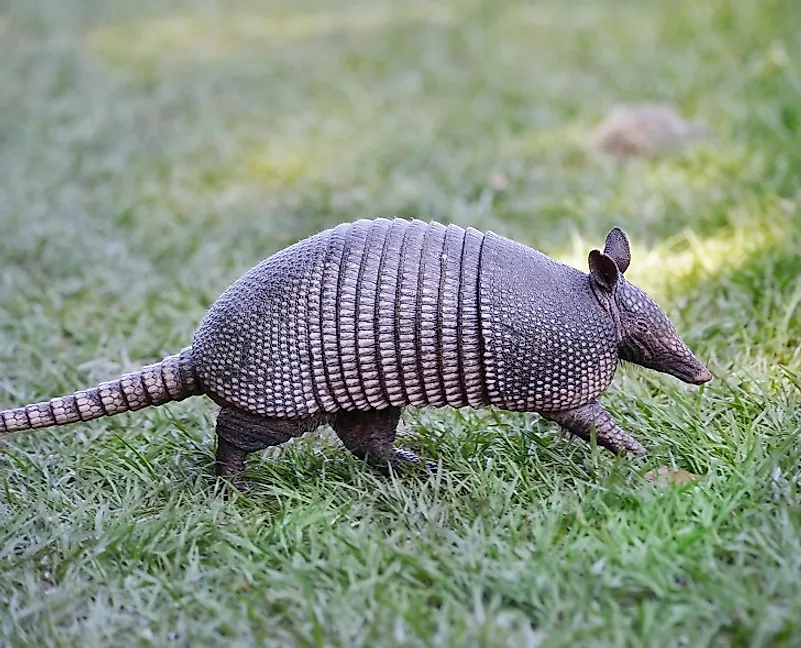
The scutes are arranged into movable bands, which usually overlap to effectively seal gaps in the armor.
#Armadillo pictures series#
No enamel in severely reduced, homodont adult teethĪll members of Dasypodidae have armor on their sides, back and tail, as well as the top of their head, which makes up their characteristic “shell.” This armor is composed of a series of plates of ossified scutes covered with a leathery keratinous skin.Bifurcated lateral vertebral articulation.Armadillos evolved and diversified in that continent during the Tertiary, probably entering North America when a land bridge connected the continents in the Pliocene. ( "Armadillos", 1990 McBee and Baker, 1982)Īrmadillos are an ancient group fossilized scutes are known from the late Paleocene of South America. Edentata is occasionally used interchangeably with Cingulata but is no longer an accepted classification. Pangolins and aardvarks strictly inhabit the Old World and lack xenarthran vertebral articulations. Edentata was reclassified when genetic data demonstrated that the order is polyphyletic. Xenarthrans were formerly classified with pangolins (order Pholidota) and aardvarks (order Tubulidentata) in Edentata because of their reduced dentition. Order Cingulata is currently included in superorder Cingulata, which also contains the hairy xenarthrans of order Pilosa (sloths and anteaters).Īll xenarthrans have specialized and unique lateral articulations on their vertebrae and share a strictly New World distribution. ( "Armadillos", 1990 Vizcaino and Milne, 2005)ĭasypodidae is currently classified under order Cingulata, which contains all prehistoric and extant armadillos, identifiable by their ossified dermis.

Some dasypodids, such as members of Tolypeutinae, are strictly terrestrial and not fossorial. Dasypus novemcinctus is an exception, as it is known to swim awkwardly. They typically remain on the ground, because their plated armor and heavy bones prevent them from climbing trees (as with most members of the closely related family Pilosa) or swimming. All members of Dasypodidae are terrestrial, and most are fossorial, living in burrows. ( "Armadillos", 1990)Īrmadillos are found in a wide array of habitats, from deserts and mountains to wetlands and sandy coastal regions. Scientists speculate that global climate change and loss of natural predators could contribute to the northward expansion of this typically more neotropical species. Their range originally spanned from South America into Mexico but has expanded steadily northward into the Southern United States Their range currently extends throughout the Midwest, and nine-banded armadillos have recently been found as far north as Nebraska. Nine-banded armadillos ( Dasypus novemcinctus) have the most northern distribution. ( "Armadillos", 1990 "Checklist of Mammal Names", 2005) Geographic RangeĪrmadillos have a strictly New World distribution, ranging from the central United States (Missouri) through Central and South America, as far south as Cape Horn (at the southern tip of South America).

These species vary in size, form, and behavior, but all possess characteristic bony armor. Armadillos are by far the most diverse group of xenarthrans, with a total of twenty-one extant species and two extinct species identified in the family Dasypodidae. These are further divided into one, six and three genera, respectively. Dasypodidae contains three subfamilies: Tolypeutinae, Euphractinae, and Dasypodinae. Dasypodidae is the only extant family in the order Cingulata, which also contains extinct families Glyptodontidae and Pampatheriidae.


 0 kommentar(er)
0 kommentar(er)
